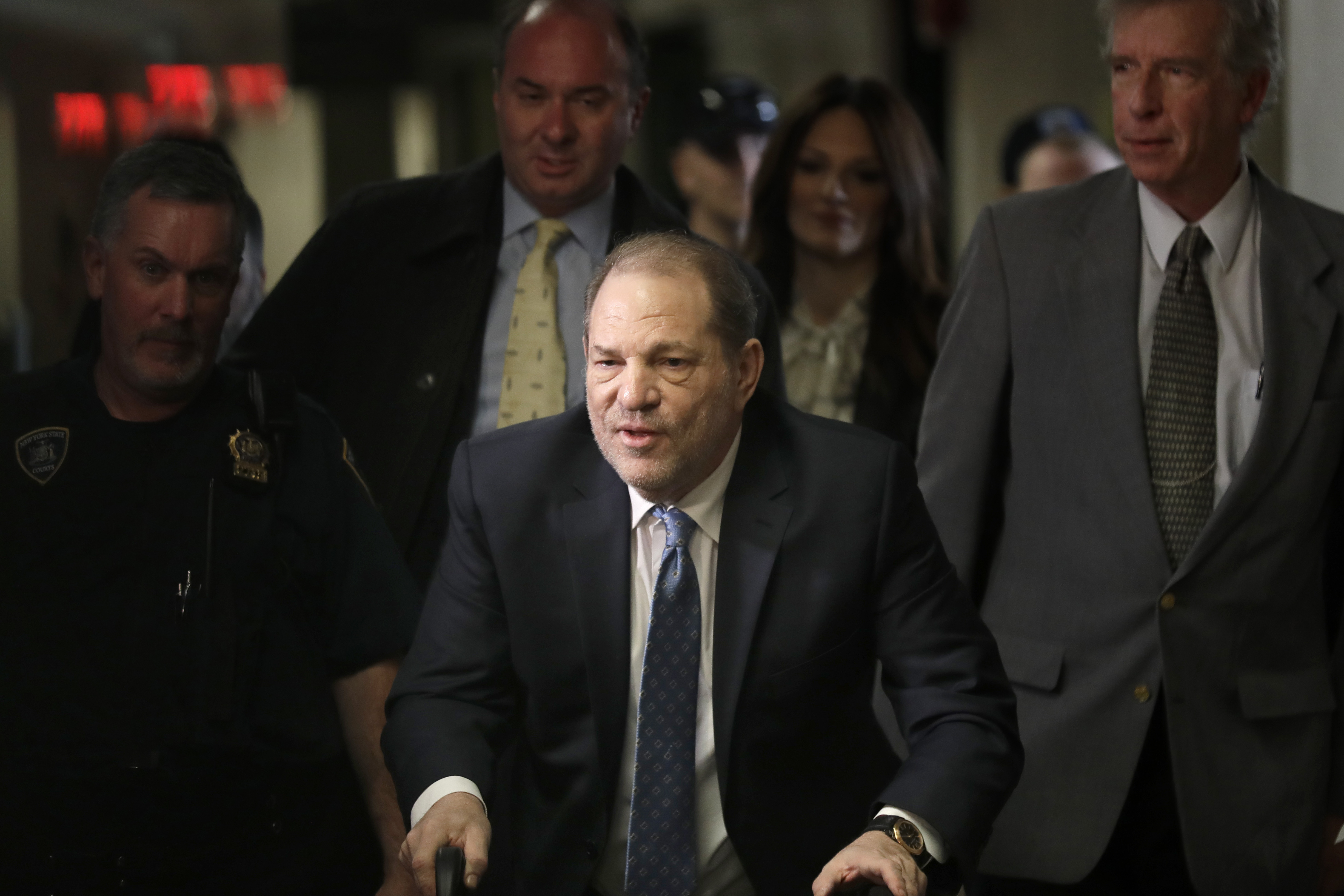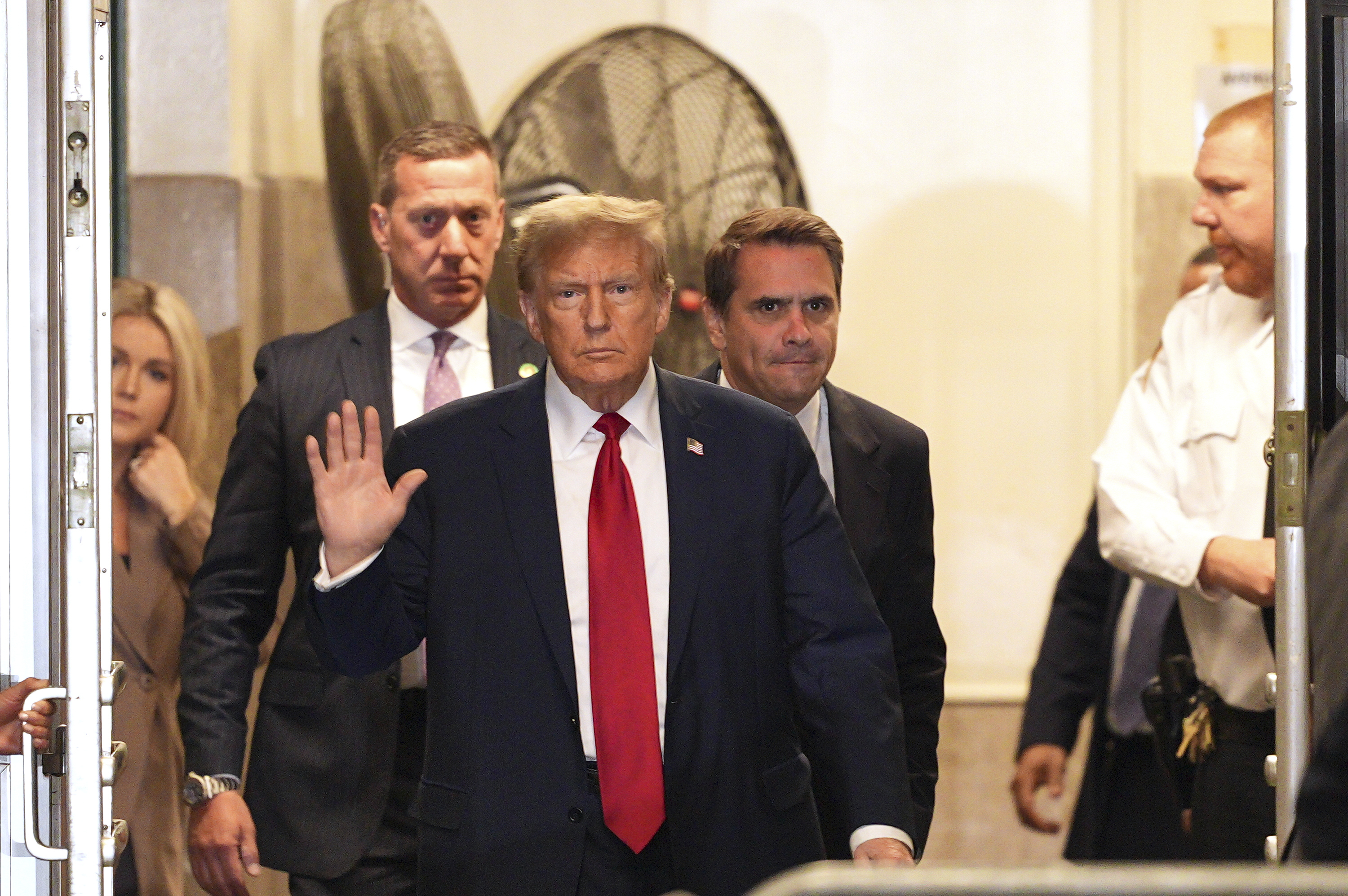Officials shared new details on the city's new subway safety teams during an MTA meeting Tuesday, saying they would start by targeting six lines that have been more troubled than others as they phase in the fresh approach to transit enhancement.
Those lines include the A, E, 1, 2/ 3 (described as a combination target), N, R and 7 to start, the MTA said. Six teams were out in the subway system on Monday, with 30 teams of mental health professionals and police eventually making patrols. Teams, which include two police officers each alongside homeless service workers and a social worker, on Monday engaged with 100 people in subway system.
There will also be additional police in stations, on platforms and on trains.
"We have to be visible. People have to see us," said NYPD Transit Chief Jason Wilcox.
Get Tri-state area news and weather forecasts to your inbox. Sign up for NBC New York newsletters.
The details are being managed by City Hall and the governor's office following a joint press conference last week in which Mayor Eric Adams and Gov. Kathy Hochul outlined the new approach to improving transit safety.
The goal, as they said, is to use these new safety teams to tackle both homelessness and crime in mass transit, which has been plagued by violence spikes that officials fear will deter people from returning to the system post-COVID.
On the homelessness front, officials said police removed a number of people from trains Monday night and will be out seven days a week going forward, starting around 4 p.m. It wasn't clear how many people were removed from trains Monday night or since the rollout.
News
Adams said that officials would not be parading around those who are being removed, and that it is a coordinated effort between the city and the state.
The plan, meanwhile, rolled out amid a holiday weekend in which police logged more than a half-dozen attacks in trains and stations. It involves sending more police, mental health clinicians and social service outreach workers into the subways. It's starting with a phased-in implementation and the hope is that the visible presence of more police and others around trains will help people feel safe.
The plan notes that many people who use the subways for shelter need help, not handcuffs. But it says police will crack down on sleeping, littering, smoking, doing drugs or hanging out in the system. It calls for clearing all passengers out of trains at the ends of their lines, an approach that has waxed and waned over the years.
“What happened this weekend cannot be normal" and reflects the need for the new strategy, MTA spokesperson Aaron Donovan said Monday. “People who would prey on New Yorkers riding transit should get the message that it’s not going to be tolerated."
In recent years, the city has veered between responding to concerns about crime in the subways and complaints about heavy-handed policing there. The last mayor, Democrat Bill de Blasio, at times deployed more police into the system. So did Adams, just last month. Shoring up subway safety was a campaign pledge.
"The days of turning a blind eye to this growing problem are over," the Democrat said last week in announcing the plan.
But Shelly Nortz, a deputy executive director of the nonprofit Coalition for the Homeless, cautioned against “criminalizing homelessness and mental illness” and suggested the city was falling back on policing strategies that had failed in the past.
But in the weeks since, a woman was pushed in front of a train and killed in Times Square, a man was shoved onto the tracks and injured at a major hub in lower Manhattan, and even the mayor said he didn't feel entirely safe riding the nation's busiest subway system. It carried more than 5 million riders on an average weekday before the coronavirus pandemic; the weekday average is now about 3 million.



